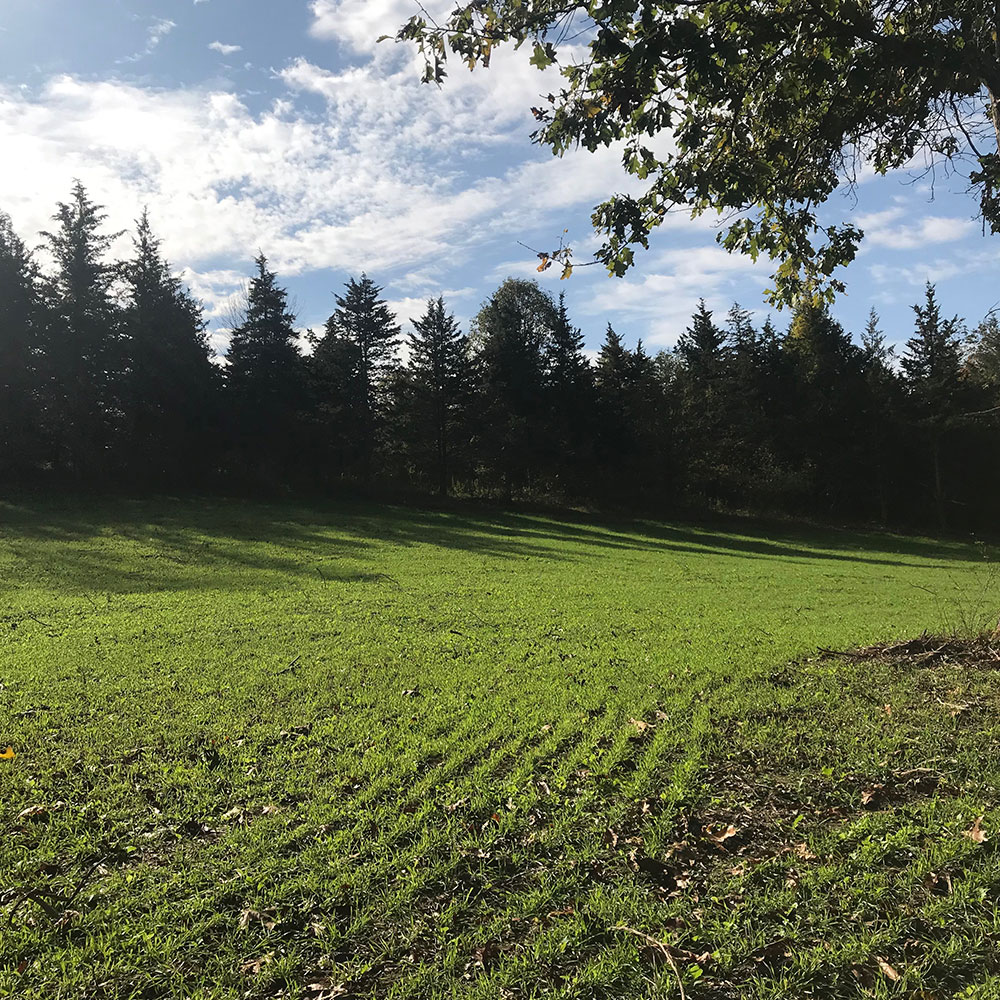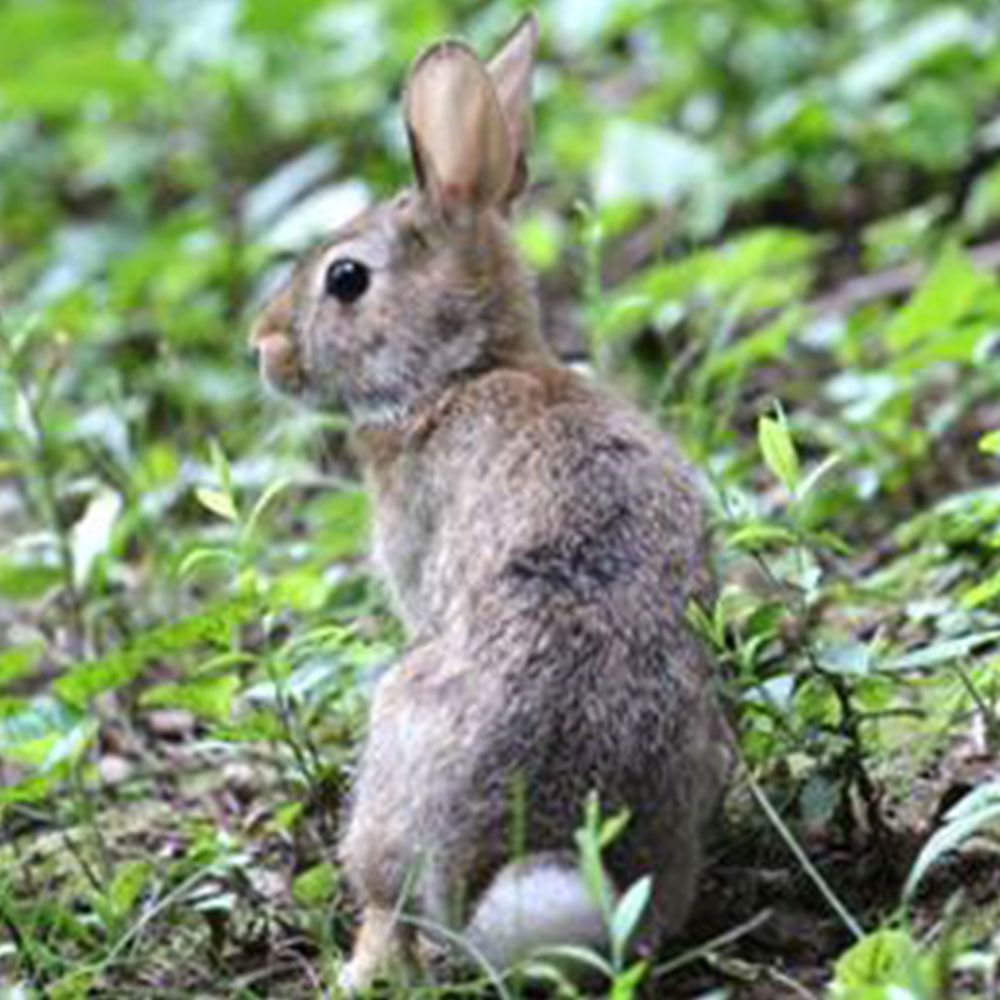STEWARDSHIP CASE STUDIES
Restoring a forest of abandoned pasture at Dutchess Gables to a diverse composition of trees
Dutchess Gables located in the Town Stanford is a stunning 105-acre landscape that includes forested land with habitats for rare wetland animals and three high priority Species of Greatest Conservation Need in NYS: New England Cottontail, Golden-Winged Warbler, and the American Woodcock. The property is a prime example of a local forest that has matured over the 40-odd years since its abandonment as an old pasture, but today lacks the needed diversity in ages and composition of trees, as well as canopy breaks for understory plants that provide the necessary habitat for declining wildlife species. Many of these species, especially birds, rely upon grasslands, shrublands, and young forest lands (under 30 years-old) to breed successfully. Our ongoing work at Dutchess Gables is providing opportunities to help reverse the decline of these birds and NYS’s only native rabbit, the New England Cottontail.

Newly created 3-acre meadow at Duchess Gables
Winnakee created two new 3-acre meadows at Dutchess Gables, planted with cool season grasses for optimal food source in early spring, which will help maintain openings of sufficient size and quality for foraging and breeding habitat that songbirds and other wildlife species require to successfully reproduce. Winnakee is also structuring the periphery between this meadow and forest with woody shrubs and young trees to provide cover from predators to help rebuild their populations. A long-term strategy to build a vegetative age-class structure will improve the habitat and life-cycle needs of the species in this area currently experiencing precipitous declines.
As more land is converted to development or reverts to mature forest, habitats such as these are becoming increasingly uncommon in the Hudson Valley. Winnakee is leading regional land trusts in forest management techniques in the woodlands it protects. This effort replicates the natural disturbance regimes that once created a diversity of habitat types across the landscape. This new stewardship-focused conservation work helps save irreplaceable wildlife and has both local and global impact in sustaining natural resources for all life.
Grassland Habitat at Burger Hill Sees Return of Rare Birds
Over 67 acres of the 75 acres, 89%, that make up Drayton Grant Park is maintained as grassland. Grassland habitat is essential for grassland nesting birds. Grassland birds are species that require grassland habitat for breeding and foraging. Habitat loss and degradation of these habitats has resulted in 80-99% decline of these species since 1966. Grassland birds, which include Henslow’s sparrow, grasshopper sparrow, vesper sparrow, upland sandpiper, horned lark, eastern meadowlark, savannah sparrow, northern harrier, short-eared owl, and bobolink. Of these one is endangered, four are threatened, and three are of special concern.
Drayton Grant Park is currently home to healthy population of bobolinks and eastern meadowlarks have been observed within the park. Winnakee Land Trust and the Burger Hill Committee strive to optimize this essential habitat with appropriate management practices while maintaining the aesthetics of historical pastureland. Best management practices for optimal grassland bird habitat include late mowing and minimal disturbance to the fields during the breeding season.
Other important habitats that can be found within Drayton Grant Park are upland hardwood and mixed forest, upland shrubland, wet meadow, and constructed ponds. These habitats support a diversity of wildlife including birds, amphibians, reptiles, and myriad pollinator species.
Listen to the Bubbling Song of the Boblinks

The Golden-Winged Warbler a species of greatest concern in NYS that lives at Dutchess Gables.

The New England Cottontail is the Northeast’s only native rabbit species. According to NYS DEC, its range has shrunk by an estimated 86% since 1960 and it can only be found in fragmented areas in NYS around the Hudson Valley – one of which is Dutchess Gables.
Did you know that over three-fourths of our region’s most critical wildlife habitats occur in forests on private lands?
If you are interested in working with Winnakee to create sustainable forestry practices as part of a lasting legacy that protects your irreplaceable land forever, please call us today at (845) 217-0939.
